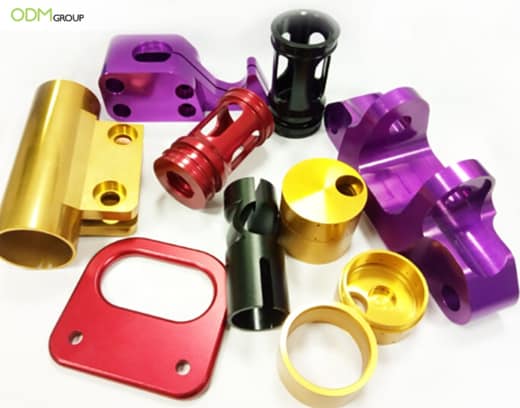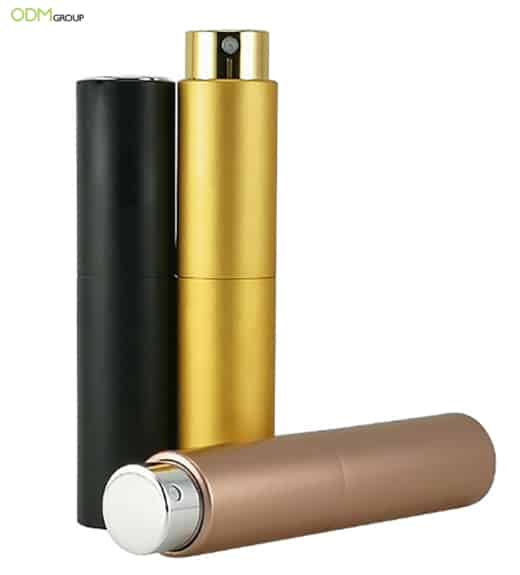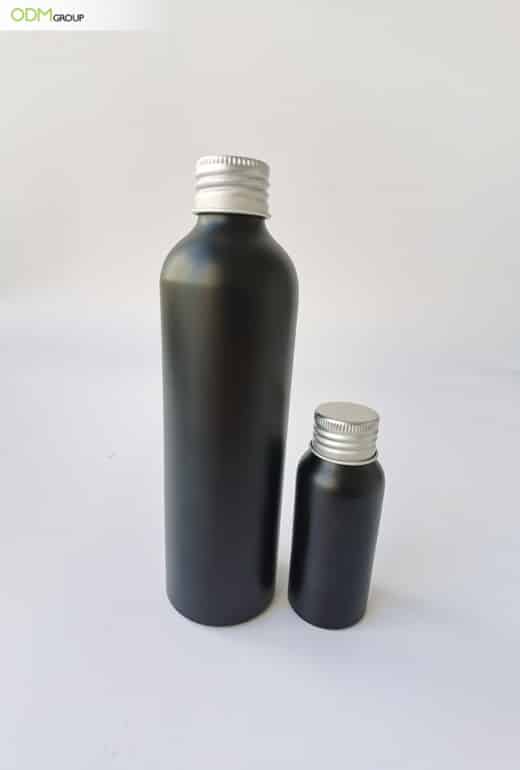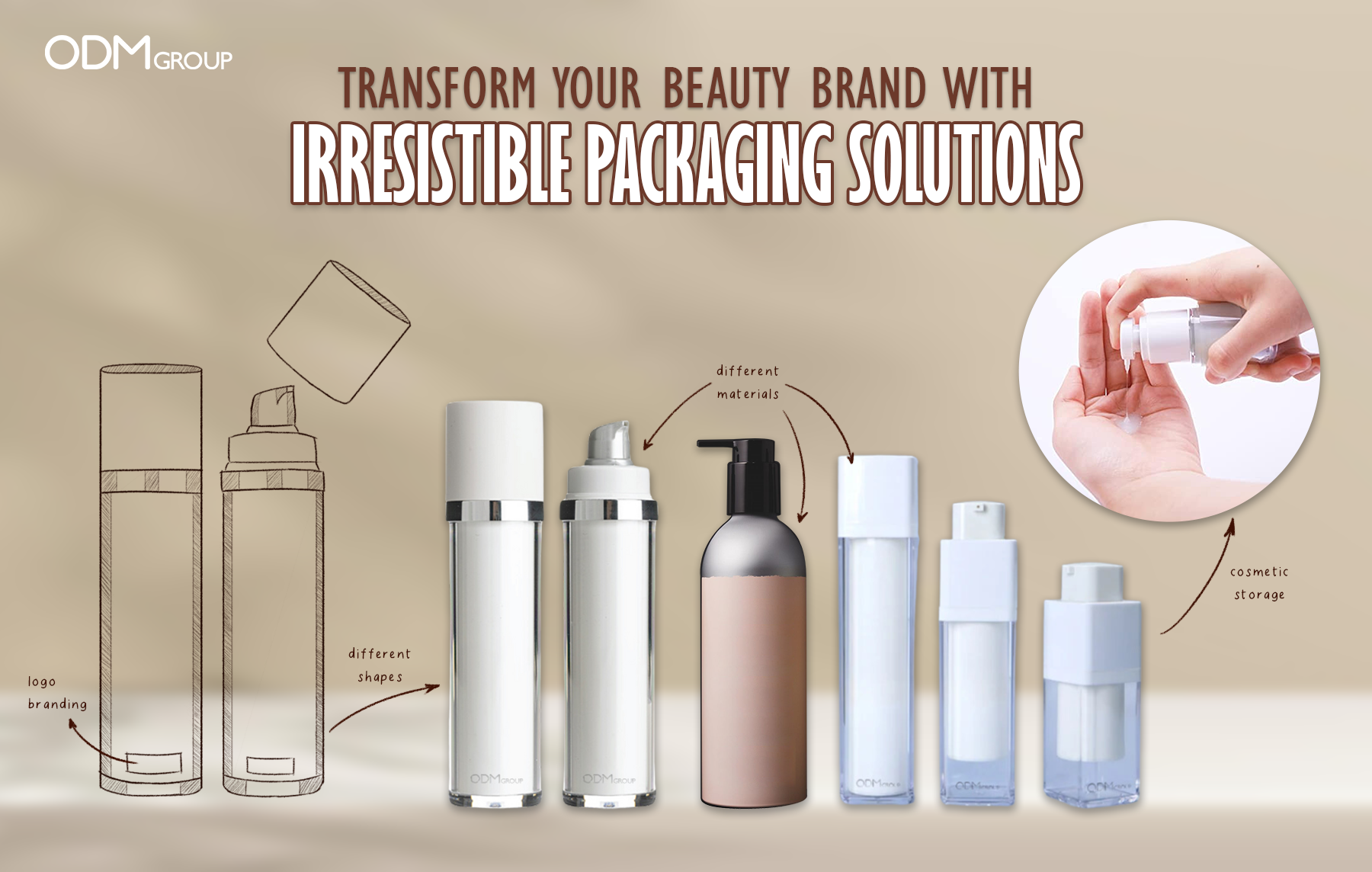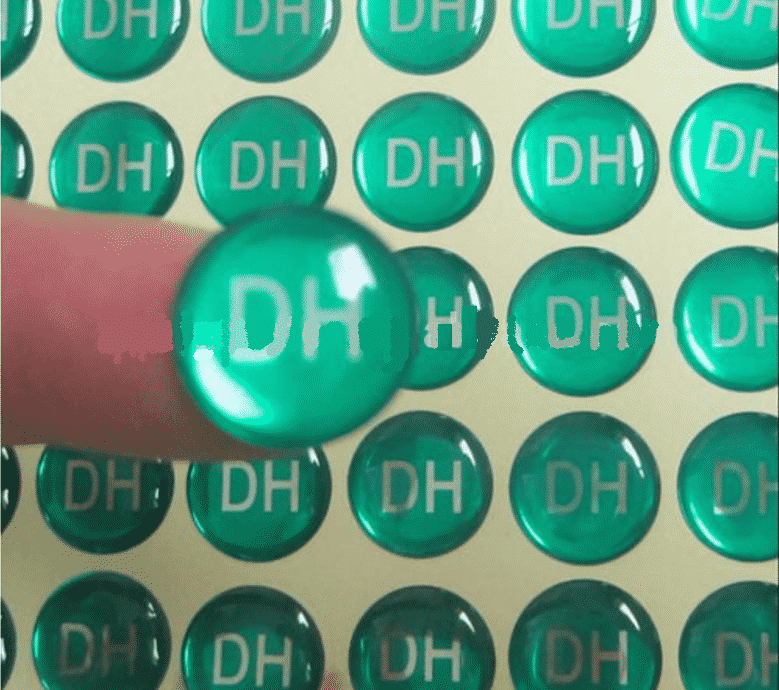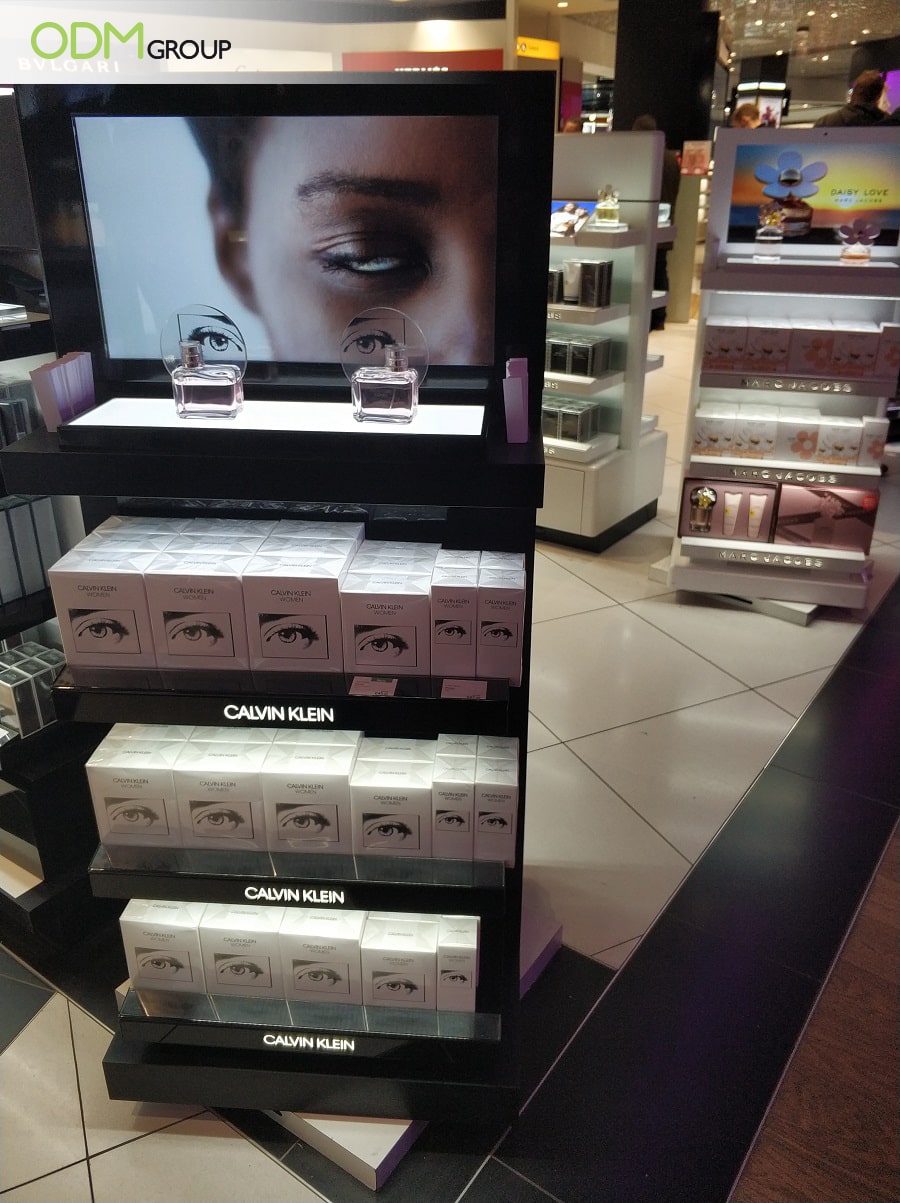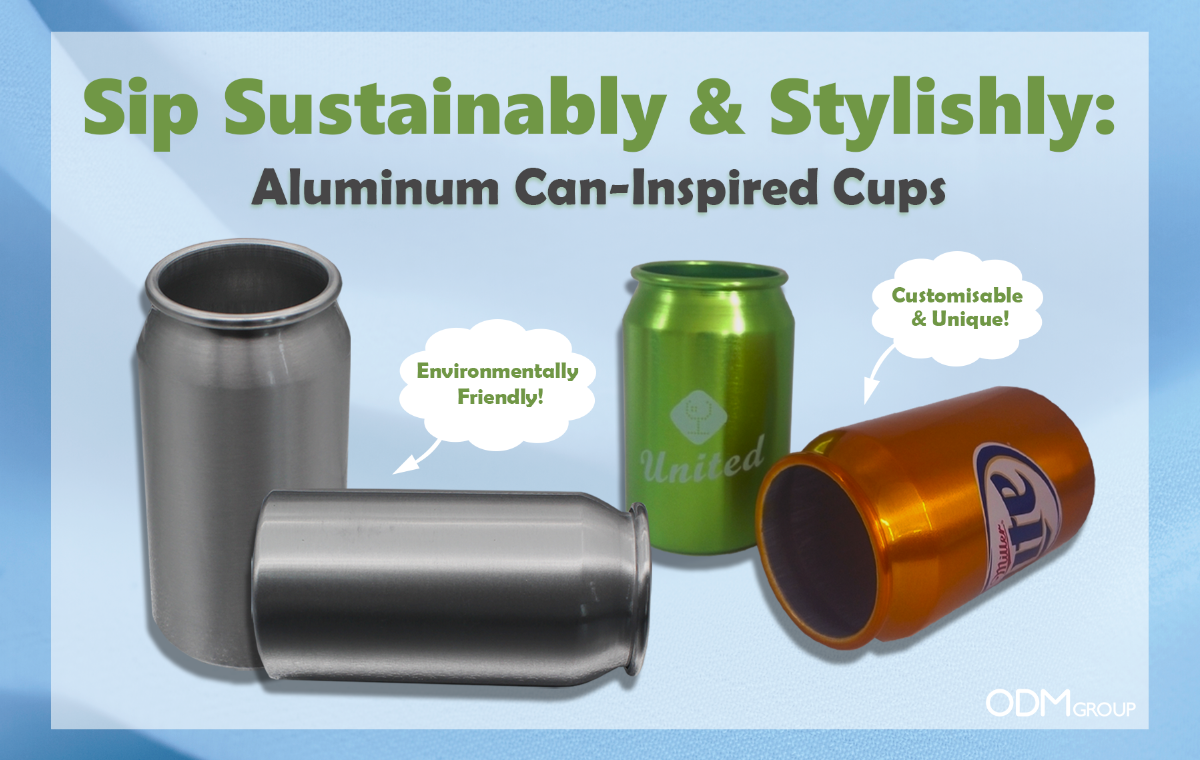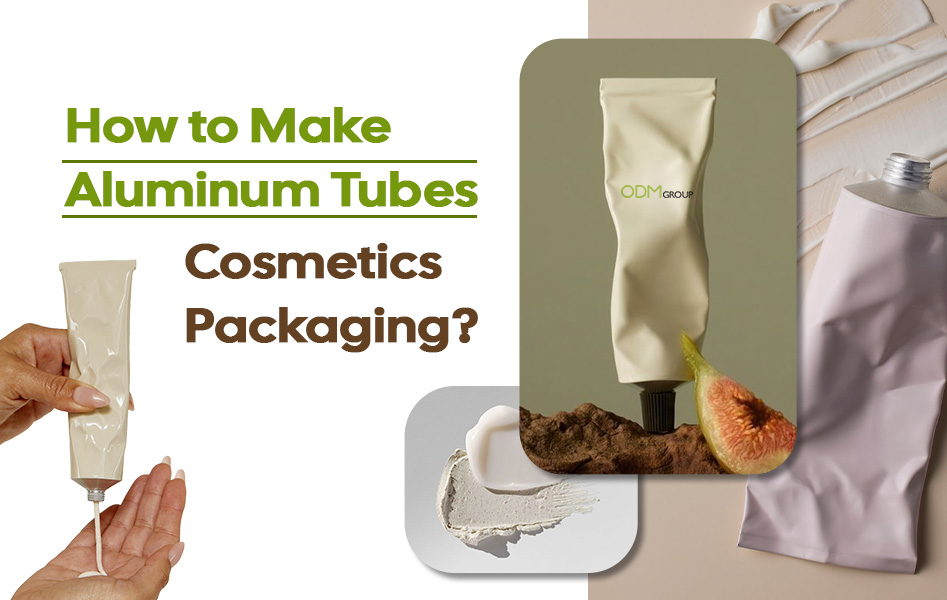Aluminium bottles and containers are popular product packaging options for storing cosmetics and perfumes. The advantages of opting for aluminium bottles are that they are both light and strong. Also, aluminium is safe for storing cosmetic solutions.
In manufacturing, coating plays a crucial role in ensuring product safety, longevity, and visual appeal. Beyond shaping and forming, what truly defines the quality of an aluminum bottle is its surface treatment — particularly anodizing and epoxy coating.
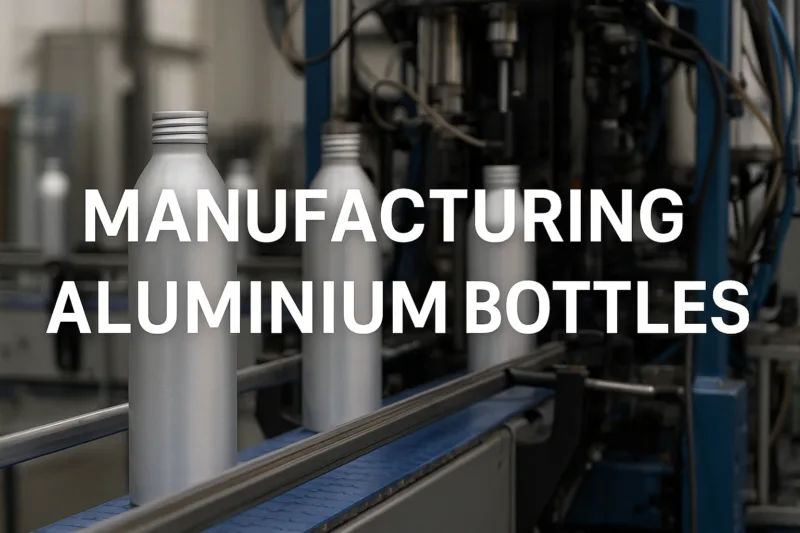
Aluminium Bottle Manufacturing: A Quick Guide
The bottles are made of aluminium alloy, which means that the metal will not rust and is resistant to corrosion. However, the alloy can be oxidised when exposed to water, where a layer of aluminium oxide will form on the surface. This layer protects the bottle from further corrosion.
There are a few ways that aluminium bottles can be coated:
Anodising
Aluminium can be coated through the process of anodising, which is an electrolytic process that thickens the oxide layer on the surface. Remember learning about electrolysis in chemistry class in school? Anodising is achieved that way. The protective barrier formed by hydrated oxide is highly resistant to corrosion. They are also durable and hard, making them more resistant to abrasion and corrosion.
During anodising, the bottles are placed in an acid electrolyte bath where there is an electric current. Anodisation is like controlled oxidation, but there are no negative effects.
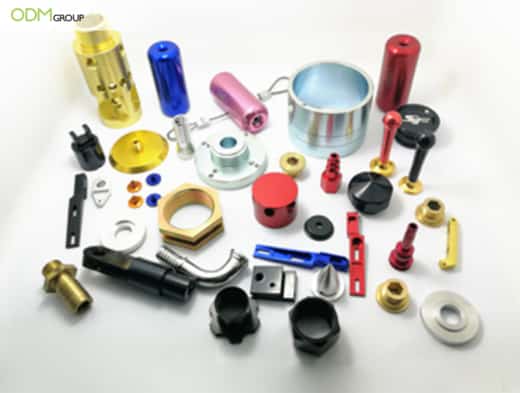
Manufacturing Aluminium Bottles – Anodised Aluminium
Epoxy Coating
Epoxy is an organic coating that is sprayed on the interior of the aluminium bottle. They are relatively chemically inert and have a stronger corrosion resistance than anodising.
This is the process of how epoxy-coated aluminium bottles are manufactured in factories:
- Frying Aluminium Ingots
- Cold Extrusion
- Polishing and Trimming
- Cleaning and Drying
- Inner Coating
- Base Coating
- Offset printing
- Varnishing
- Necking
- Packing
Here is a video of the aluminium bottle manufacturing process.
Comparison of the Two Techniques
Colour
Anodising: There is a variety of colours to choose from. The colour can be achieved through metal dyes during the anodising process. Paint is not needed, hence, it is a cheaper option for colouring.
However, a concern with colouring will be the inconsistency. This is because the anodized coating is translucent and the base metal can be seen under the coating, hence, the colours may vary between bottles. In Epoxy, the exterior is painted, and there is better colour consistency.
Appearance
- Anodising: The bottle has a richer metallic appearance than if it uses epoxy or other organic coatings.
- Epoxy: paint is used. It can have a matte or glossy finish. However, a downfall of using paint is that it can be scratched, which may ruin the appearance of the bottle. The aluminium alloy is exposed and may form rust.
Quantity
- Anodising: you can produce it in a smaller quantity.
- Epoxy or other organic coatings: a very high minimum order quantity is needed for fully automated production. A semi-automatic production can be done for smaller order quantities, however, there can be some inconsistency with the finished product.
Resistance to Corrosion
Both coating options are very resistant to corrosion. However, Epoxy has a stronger resistance than anodised aluminium.
Telling the Difference Between the Two Coatings:
Appearance
The anodised aluminium bottle has a more metallic appearance than an organically-coated bottle.
Scratching
With an anodised bottle, the coating could not be peeled off as it is part of the metal. Meanwhile, with the epoxy-coated bottle, the paint will be scratched off.
Why Coating Matters in Manufacturing Aluminum Bottles
Although aluminum is naturally corrosion-resistant, it’s still vulnerable when exposed to moisture, acids, or chemicals found in certain product formulations. That’s why coating is a critical step in aluminum bottle manufacturing — it provides both a protective barrier and a decorative finish.
Without proper coating:
-
The metal may oxidize or corrode over time.
-
Liquid contents can react with the bare aluminum surface.
-
Printed designs may fade, and surface finishes could lose their shine.
To prevent this, manufacturers apply two types of coating — anodizing on the outside and epoxy on the inside — to achieve full protection and ensure consistent product quality.
————
Understand more about the manufacturing process for aluminum tube cosmetic packaging. Read this blog below:
————
Cosmetic products are available in a diverse range of packaging options, each designed to cater to specific needs and preferences. Here are some common types of cosmetic packaging:
Learning Points
Overall, aluminium bottles make great premium packaging for cosmetics. When considering the coating option for manufacturing aluminium bottles, you have to consider the bottles’ cost, quantity, quality, and appearance.
How ODM can help:
At ODM, we specialize in product development, sourcing, sampling, manufacturing, and marketing. So, if you are keen to promote your brand with effective custom promotional products and other highly effective promotional products, contact The ODM Group. Our talented merchandisers and product designers are here to help you.
If you want to learn about manufacturing, do check out these blogs:
Other Relevant Blogs:
China is a great place to manufacture promotional products. Here are 4 reasons why you should consider manufacturing in China:
Due to low manufacturing and production costs, many companies prefer manufacturing products in China. Read this blog to learn more about manufacturing in China.
At ODM, we have factory visits to make sure that the manufacturing process is up to standards. Recently, one of our staff visited a factory that specialises in wine accessories.
ODM manufactures lots of POS Displays for clients. We ensure that the final product is near perfection. One area we have to ensure perfection is colour brand printing. We visited a printing supplier in Ho Chi Minh City, Vietnam, to check with printing.
